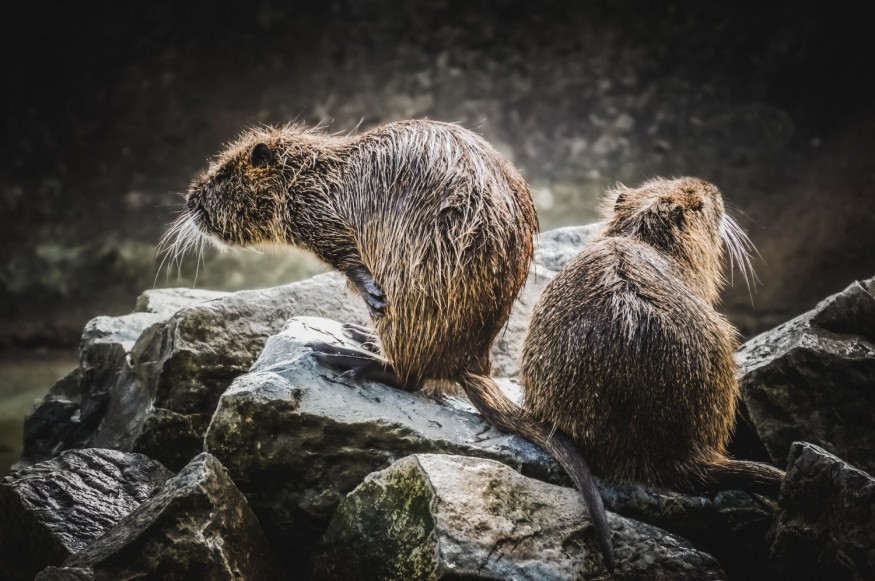
A new California policy aims to protect beavers after years of being tagged as nuisances for chewing down trees and blocking waterways.
According to the California Department of Fish and Wildlife, the new policy expands on the state's existing beaver management laws and establishes the framework for programs that will use beavers' natural abilities to help maintain biodiversity, restore habitat, and develop wildfire-resistant landscapes.
Director Charlton H. Bonham stressed the beaver's unique ability to improve habitat restoration that lures species back into now-urban areas, enhances water quality, restores ecosystem processes, and bolsters wildfire resiliency.
"This new policy formally recognizes beavers as a keystone species and ecosystem engineers in California. They are truly the Swiss army knife of native species due to their ability to provide so many nature-based ecosystem services," he said in a statement, as quoted by Fox News.
Under the policy, landowners and agencies are encouraged to find alternative solutions to deal with beavers, such as covering trees in wire mesh or installing flow devices on streams to control beaver pond levels to prevent flooding, before seeking permission to kill the animals.
The state is also working on projects to relocate the beavers to places where they can be more beneficial.
Beavers killed
The North American beaver population used to be between 100 million and 200 million, but it is now between 10 million and 15 million.
It is uncertain how many beavers dwell in California, but landowners apply for hundreds of licenses each year, which normally allow them to kill the animal.
Kate Lundquist, director of the Water Institute at the Occidental Arts & Ecology Center, believes California's improvements will result in fewer beaver deaths and an increase in wetland areas.
She claims the state's attitude toward beavers was influenced by the previous three years of drought and severe wildfires.
"There has been increased motivation to identify and fund the implementation of nature-based climate-smart solutions," she said, as reported by The Guardian. "Beaver restoration is just that.".
Fur trade
The European-American fur trade, which began in the 1600s, marked the decline of the beaver population in North America.
While a beaver's impact on its ecosystem is enormous, ecohydrologist Emily Fairfax said researchers are still unsure what this impact looked like before the fur trade.
"Because beavers have been gone for so long in a lot of these places, we don't always have a good understanding of what role they were playing in controlling those rivers and streams and ecosystems," she said, according to Capradio.
Fairfax added that knowing the origin and impact of beavers before the said era could help researchers manage the beaver population better.
The American West has lost between 50% and 90% of its wetlands in the last 200 years, and beavers are believed to have played a crucial role to their reintroduction, which comes with a slew of other advantages.
"You remove the beaver from its wetland ecosystem, that can cause collapse of that ecosystem," she said. "So, taking the bottom out of the Jenga tower, the whole thing falls over," she said.
Related Article : Beavers Engineered Special Exmoor Dam: A First in 400 Years
Related Video:
© 2025 NatureWorldNews.com All rights reserved. Do not reproduce without permission.





